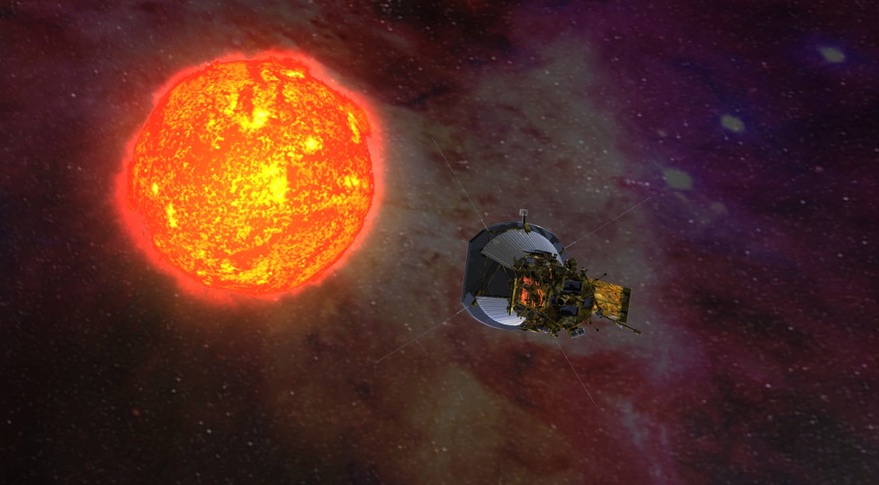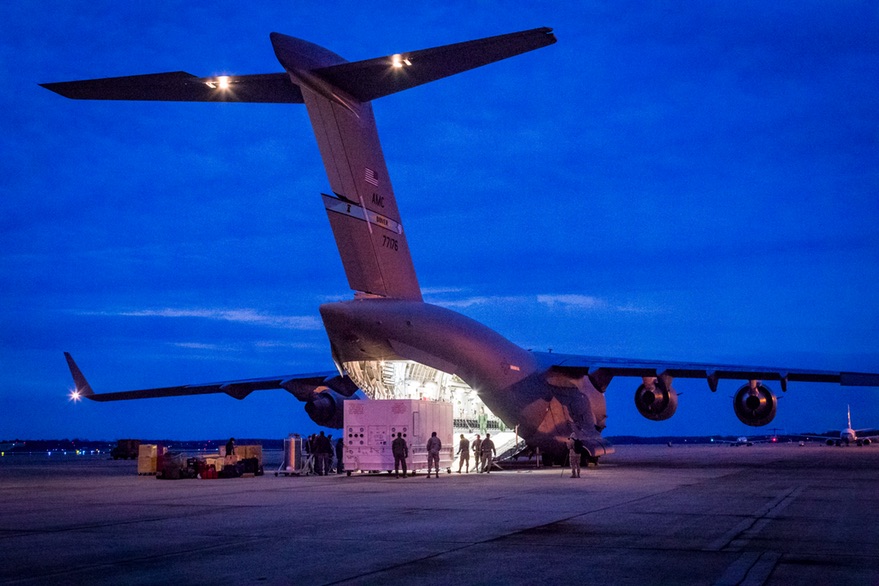NASA Studying Sensor Issue with Parker Solar Probe

WASHINGTON — As a NASA spacecraft designed to fly closer to the sun than ever before arrived in Florida for launch, project officials are still studying problems with sensors on the spacecraft.
NASA shipped the Parker Solar Probe spacecraft from the Goddard Space Flight Center in Maryland to Florida in the early morning hours of April 3. The spacecraft is now at an Astrotech Space Operations processing facility in Titusville, Florida, near the Kennedy Space Center.
In that facility, the spacecraft will undergo additional work, including the installation of a heat shield that will protect the spacecraft from the intense heat of the sun. The spacecraft is scheduled for launch on a United Launch Alliance Delta 4 Heavy during a launch window that opens July 31 and runs through August 19. [NASA's Parker Solar Probe in Pictures]
As those preparations continue, officials are studying problems with devices known as platinum resistance thermometers that are part of the spacecraft's thermal control system. Those devices have suffered a higher-than-expected failure rate, according to a presentation at an April 5 meeting of NASA's Heliophysics Advisory Committee.
The thermometers are lightweight, highly sensitive temperature sensors used to help provide feedback to the spacecraft's cooling system and solar arrays, NASA spokesman Dwayne Brown said April 9. "We put all spacecraft through a rigorous test program to make sure all systems are working as designed and it is normal for a test program to uncover issues."
"The team is looking very carefully at whether any change is needed," Peg Luce, acting director of NASA's heliophysics division, said at the meeting. The issue, she said, was debated "quite significantly" at a review last week to approve the shipment of the spacecraft to Florida, including whether to delay that shipment to study the problem.
"There are certain, possible fixes if we need to fix something that could be done at the Cape, so the decision was to go ahead and ship," she said.
Get the Space.com Newsletter
Breaking space news, the latest updates on rocket launches, skywatching events and more!
Brown confirmed that the review committee, "after assessing the situation, unanimously approved the shipment of the spacecraft to Florida for launch processing."
That decision, though, doesn't mean that Parker Solar Probe is cleared for launch. "We are not going to fly this mission if we have concerns about it," Luce said. "If we have to take more time, we will."

Luce said the mission has been working some other technical issues, although none are seen as affecting launch plans. Guidance and control testing was running behind schedule, but she said the mission now has that "completely under control." She added there are "late breaking" but unidentified issues with the solid-fuel Star 48 upper stage motor that will provide the additional boost needed to send the spacecraft on its trajectory towards the sun. "It all looks like that will be smoothed out in time for launch," she said.
The mission, she said, had resolved issues with one instrument, called the Solar Probe Cup and part of a package called Solar Wind Electrons Alphas and Protons (SWEAP). That instrument is mounted on the edge of the spacecraft's heat shield and is directly exposed to the sun during the spacecraft's close approaches.
"It was a real difficult design and they've gone to great lengths to ensure that there's no concern about failures that could affect the rest of the spacecraft," she said. Testing has confirmed that the instrument's design is robust enough, and it will remain on the spacecraft.
After launch, Parker Solar Probe will use a series of Venus flybys to reduce its perihelion, or closest approach to the sun, of its elliptical orbit. The first pass of the sun, in November 2018, will bring the spacecraft about 24.8 million kilometers from the photosphere, or visible surface, of the sun. That distance will be reduced over time to 5.9 million kilometers.
In those close approaches, solar scientists plan to use instruments to better understand how the sun generates the solar wind and the extreme heating of the solar corona. The mission has 24 flybys currently planned that run through the middle of 2025.
The mission, previously known as Solar Probe Plus, was renamed in May 2017 after Eugene Parker, a professor emeritus in astronomy and astrophysics department of the University of Chicago. Parker predicted the existence of the solar wind as a young scientist at the university in 1958, which spacecraft discovered a few years later.
This story was provided by SpaceNews, dedicated to covering all aspects of the space industry.
Join our Space Forums to keep talking space on the latest missions, night sky and more! And if you have a news tip, correction or comment, let us know at: community@space.com.

Jeff Foust is a Senior Staff Writer at SpaceNews, a space industry news magazine and website, where he writes about space policy, commercial spaceflight and other aerospace industry topics. Jeff has a Ph.D. in planetary sciences from the Massachusetts Institute of Technology and earned a bachelor's degree in geophysics and planetary science from the California Institute of Technology. You can see Jeff's latest projects by following him on Twitter.










